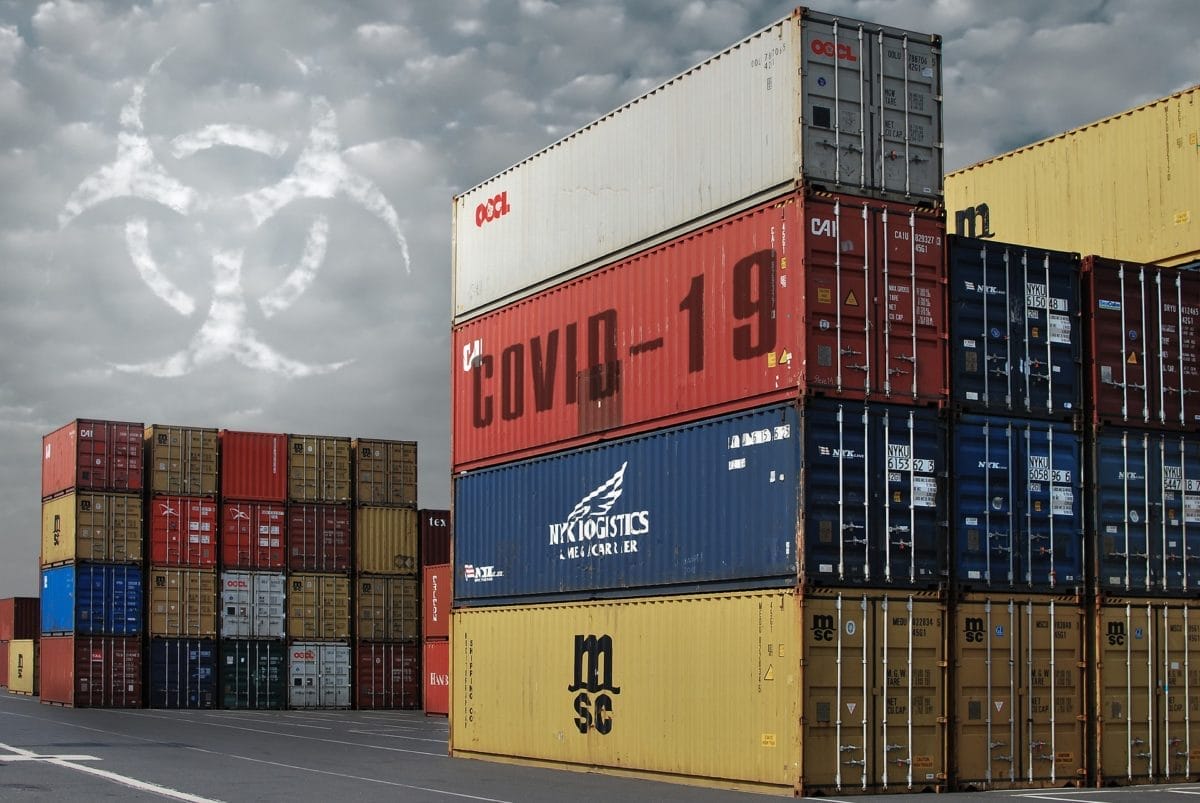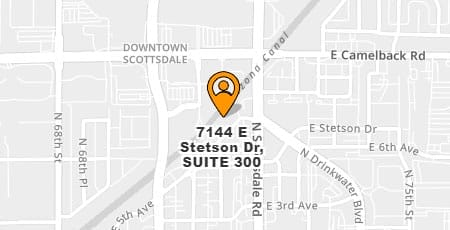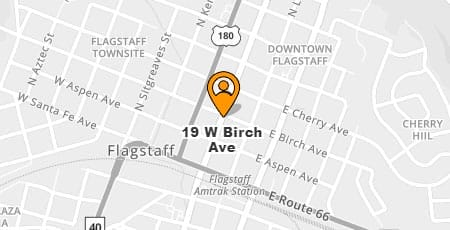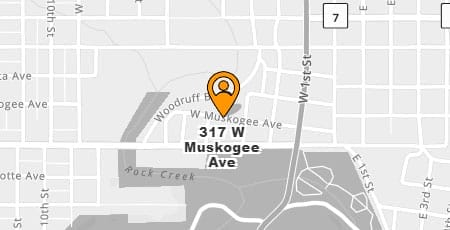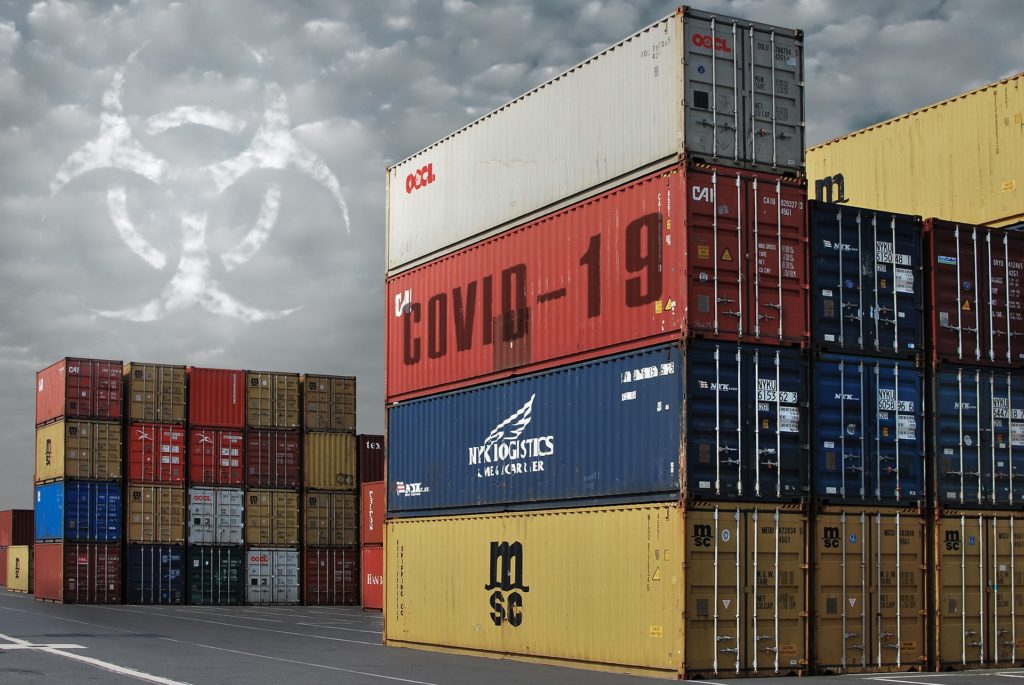
By Mike Sunnucks | Rose Law Group Reporter
The COVID-19 pandemic is putting economic development projects on temporary holds.
But that does not mean businesses should not continuing moving forward with permits, government entitlements and the logistics of those projects so they are ready to go when the pandemic subsides and the economy reboots.
That was one of the discussion points for a virtual forum hosted Friday by the Pinal Partnership economic development group. More than 150 people attended the event moderated by Rose Law Group Founder and President Jordan Rose.
Jackob Andersen, president of Scottsdale-based Saint Holdings which is bringing electric vehicle makers Lucid Motors and Nikola Motor Company to Pinal County, said he is seeing projects extend escrow.
Andersen said one key will be to continue to put the pieces in place for project for when the pandemic’s economic fallout eases and ends.
“That work can be done now,” said Andersen of working on permits and entitlements and other project parts. “We always want to be ahead of the curve. We want to make sure we can continue to deliver when we come out the other side of this,” Andersen told the Pinal Partnership group.
The Lucid and Nikola projects are poised to bring significant new-age manufacturing jobs to Pinal County and have put the area on the international map for site selectors.
Paul Hughes, executive vice president for business development for the Arizona Commerce Authority, said so far only 2 projects in the state economic development agency’s 300-company project pipeline have dropped their efforts since the COVID-19’s impact.
Hughes said he’s seeing a CEO mentality that can help encourage others.
“You don’t become a CEO by quitting quickly. There is this tenacity element,” Hughes said. “If you are investing when everyone else is not those are the companies that tend to very well.”
Still, Tom Stringer, corporate real estate advisory managing director for BDO Site Selection and Incentives, said the pandemic is putting many economic development projects on 3 to 6-month hiatuses and depending on the development of a vaccine that the wave of cases in places such as New York could come to other parts of the country.
Stringer said the key economic development focus now should be helping existing businesses get through the pandemic and its impacts on revenue and liquidity.
“Every economic developer, every business professional, every service provider has to stay in the retention game right now,” said Stringer who is based in New York but has worked on a number of projects in Arizona and Pinal County. “We all need to be in the retention game and help with the liquidity crisis right now.”
Stringer said a major challenge will be how to reboot the ‘Main Street’ economy (including restaurants and small businesses) after COVID-19.
“Restarting Main Street is going to be extremely painful,” he said.
Hughes and others on Pinal Partnership panel do see some potential economic development inroads for Arizona.
Julie Pettit, owner of Arizona Gateway Logistics, said there have not been major supply chain disruptions from the virus. She said some companies have already been moving operations out of China into the other Asian markets. “Supply chains were moving out of China before this,” she said. Pettit expects COVID-19 to spur more operations to move back to the U.S.
Hughes said there could be movement of more banking and finance jobs out of markets such as New York to less expensive regions such as Arizona. The Phoenix metro area has already been seeing gains in the finance sector.
Hughes even said Phoenix’s lack of international flights (which has long been an economic development disadvantage) could be view differently with the Coronavirus lenses that has seen waves of cases in places with significant international connections.
Glenn Williamson, CEO of the Canada Arizona Business Council, expects to see significant new infrastructure spending in the U.S. that could help spur jobs and commerce.
There has been bipartisan support including from President Trump for a big infrastructure infusion. Williamson said that could help bolster and bring back more manufacturing and industrial operations to North America.
“We need to slow down on being consumers and we need to start making things again,” Williamson said.

